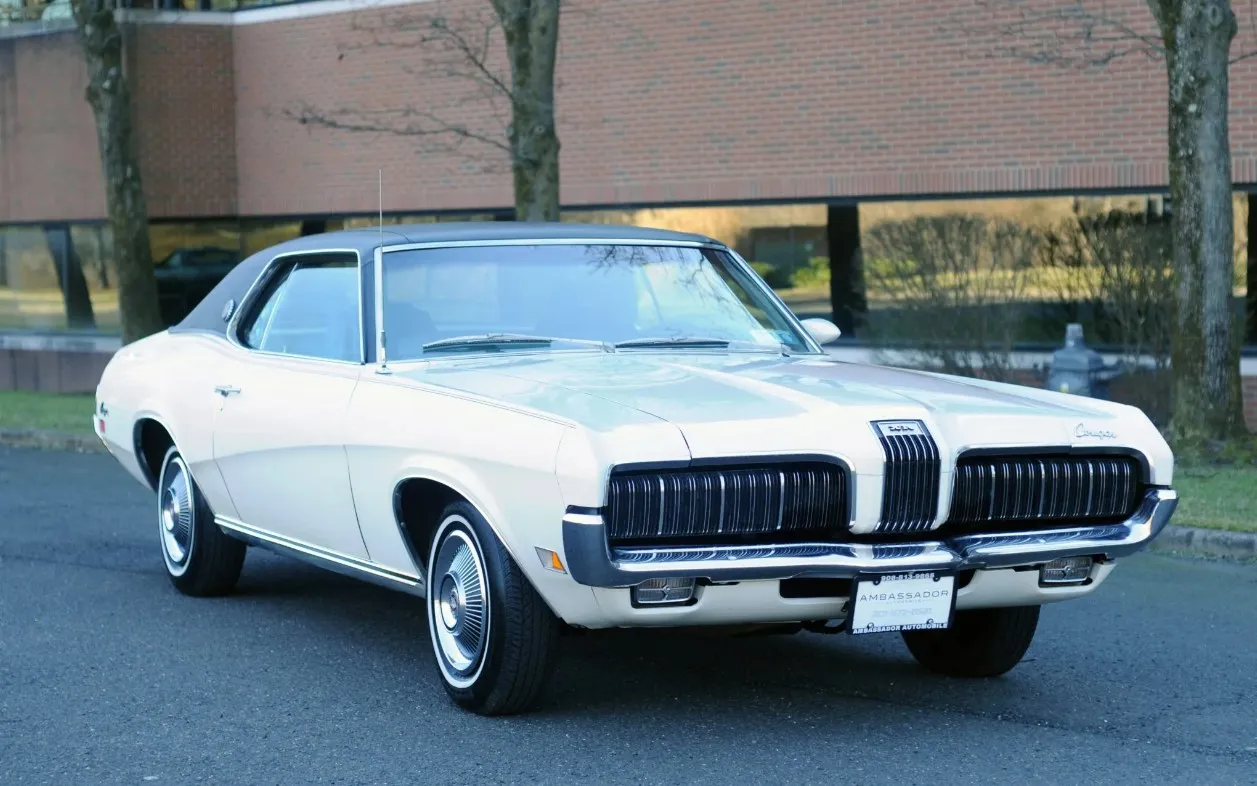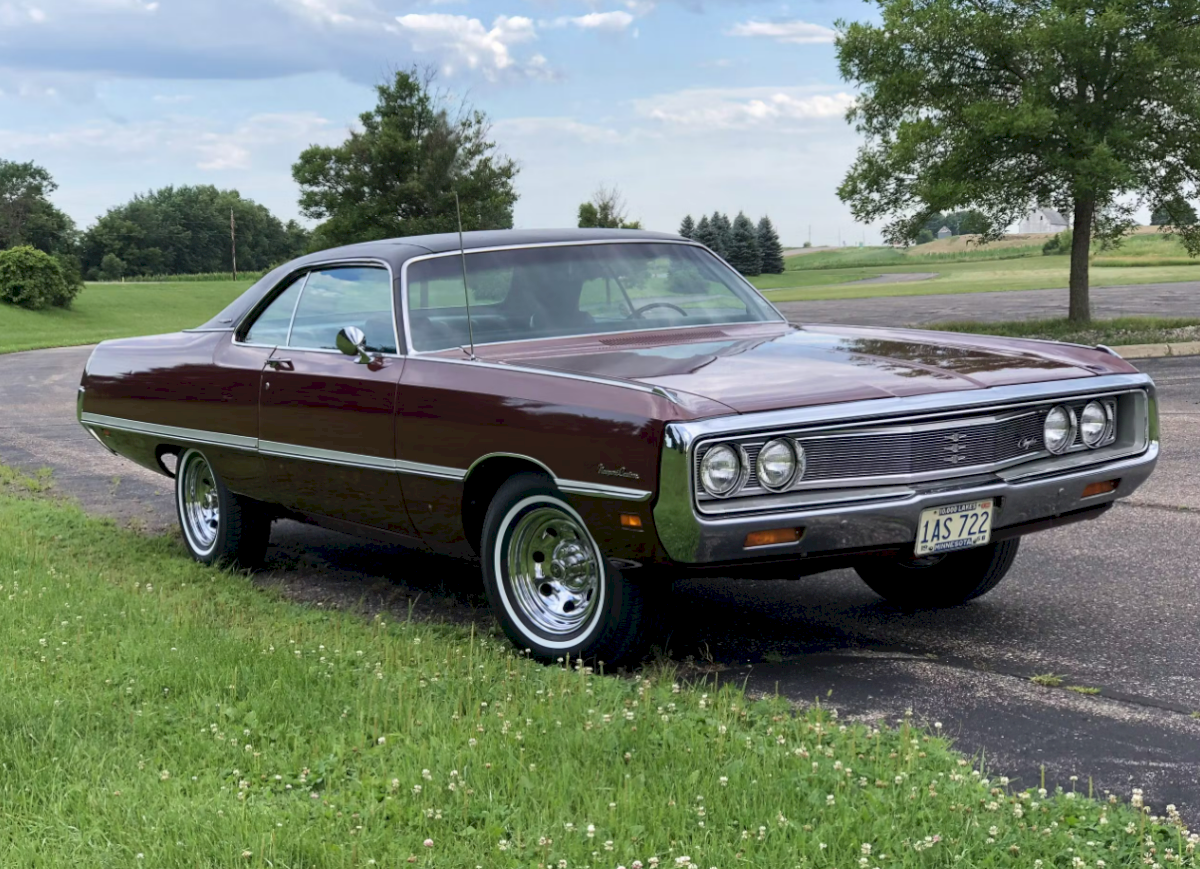The 1965 Ford Mustang Fastback, part of the first-generation Ford Mustang series, is an American automotive icon. Introduced in April 1964, the Mustang Fastback was a sleek and sporty addition to the Ford lineup, capturing the hearts of car enthusiasts and becoming an enduring symbol of the 1960s automotive landscape. In this comprehensive exploration, we will delve deep into the origins, design, performance, cultural impact, and lasting legacy of the 1965 Ford Mustang Fastback.
Historical Context
Before we dive into the details of the 1965 Ford Fastback, it's essential to understand the historical context in which it was born. In the early 1960s, American automakers were responding to a new generation of car buyers. Younger consumers were looking for more than just transportation; they wanted style, performance, and a sense of individuality. Ford, under the guidance of Lee Iacocca and his team, aimed to deliver exactly that.
The Birth of the Mustang
The 1965 Ford Fastback was part of the first generation of Ford Mustangs, which were introduced to the public on April 17, 1964. This launch marked a significant departure from the traditional approach to car manufacturing. Rather than creating a utilitarian vehicle, Ford aimed to build a car that would appeal to the emotions and desires of its drivers. The Mustang was born from this vision, and it quickly became a symbol of personal freedom and the American dream.
The Mustang was introduced as a compact and sporty car, but it was also highly customizable. Buyers could choose from various body styles, engines, and options to create a Mustang that suited their preferences. The Fastback, officially known as the Mustang 2+2, was one of the available body styles, and it quickly gained popularity for its sleek and distinctive design.
Design and Styling
-1693197239x1024.jpg)
One of the most captivating aspects of the 1965 Ford Fastback is its timeless design. The Fastback body style, characterized by its sloping roofline that extended to the rear of the car, was both aerodynamic and visually striking. It gave the Mustang a sporty and aggressive appearance, setting it apart from other cars on the road.
The front of the Fastback featured a bold, chrome-plated grille with the iconic running horse emblem, which has become synonymous with the Mustang brand. The long hood and short deck gave the car a sense of power and proportion that appealed to enthusiasts and casual drivers alike.
-1693197258x1024.jpg)
Inside, the Mustang offered a driver-focused cockpit with a simplified dashboard and an array of available options. Buyers could choose from a variety of interior trim materials and colors to create a personalized driving experience.
Engine Options
-1693197287x1024.jpg)
What truly set the 1965 Ford Fastback apart from its competitors was its range of engine options. Ford understood that performance was a key factor in attracting buyers, and they delivered by offering a selection of engines that catered to different levels of enthusiasm.
The base engine for the Fastback was a 170-cubic-inch inline-six, producing a respectable 101 horsepower. This engine provided a smooth and efficient driving experience, making it a practical choice for everyday use.
-1693197312x1024.jpg)
However, for those who craved more power, Ford offered a range of V8 engines, including a 260-cubic-inch V8 with 164 horsepower and a 289-cubic-inch V8 with 210 to 271 horsepower, depending on the configuration. These V8 engines transformed the Mustang into a true muscle car, capable of delivering exhilarating acceleration and a thrilling driving experience.
The availability of V8 power was a game-changer for the automotive industry. It not only ignited the muscle car era but also set a precedent for high-performance vehicles that would define American car culture for decades to come.
Performance and Driving Experience
The 1965 Ford Fastback wasn't just a pretty face; it was a car designed to perform. Its responsive steering, well-balanced suspension, and powerful engine options made it a joy to drive. The Fastback's lightweight design and aerodynamic shape contributed to its agility and handling, allowing drivers to confidently navigate curves and corners.
Whether cruising on the open highway or navigating city streets, the 1965 Ford Fastback delivered an engaging and exhilarating driving experience. It was a car that could be enjoyed by both the casual driver and the passionate enthusiast.
Cultural Impact
The 1965 Ford Fastback quickly became a cultural phenomenon. It appeared in movies, television shows, and music videos, solidifying its status as an American icon. In the 1968 film "Bullitt," a Highland Green Fastback famously engaged in one of the most iconic car chases in cinematic history, further immortalizing the car.
Musicians also embraced the Mustang. In pop culture, it was frequently referenced in songs, and its image adorned album covers. The Mustang's association with freedom and rebellion resonated with the spirit of the 1960s.
The Fastback also played a role in motorsports. It became a popular choice for drag racing and even found success on the racetrack, including at the hands of racing legend Carroll Shelby, who modified Mustangs into high-performance Shelby GT models.
Legacy and Collectibility
Today, the 1965 Ford Fastback is highly sought after by collectors and enthusiasts alike. Its enduring appeal lies not only in its stylish design and performance capabilities but also in its role as a symbol of American culture during the 1960s. Restored examples command high prices at auctions, and original, unmodified Fastbacks are considered prized possessions among collectors.
The Mustang brand itself has continued to evolve, with each new generation building on the legacy of the original 1965 Fastback. The iconic Mustang logo and design elements, inspired by the original, remain central to the brand's identity.
Conclusion
The 1965 Ford Fastback, as part of the first generation of Mustangs, holds a special place in the hearts of automotive enthusiasts and history buffs alike. Its combination of style, performance, and cultural significance make it a true American classic.
As we look back on the 1965 Ford Fastback, we see more than just a car; we see a symbol of an era defined by innovation, freedom, and the pursuit of the open road. It's a testament to the enduring power of automotive design and engineering to capture the imagination and the hearts of generations past and present.


